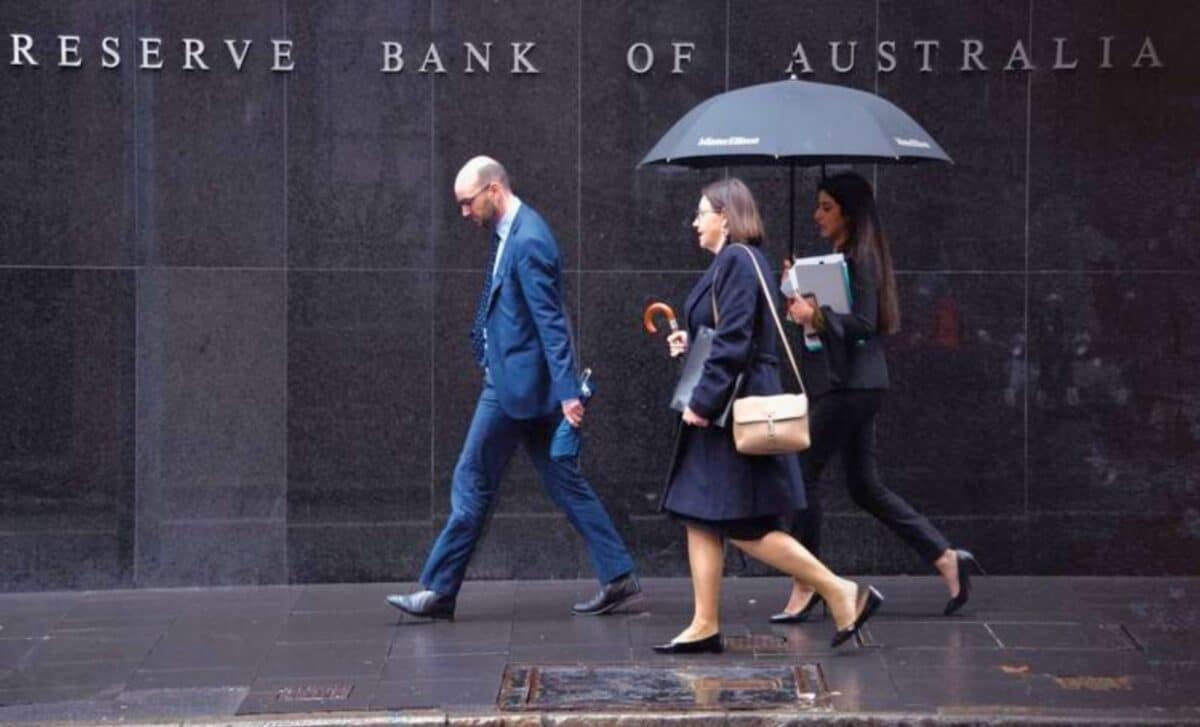The Reserve Bank of Australia (RBA) is set to meet in mid-February, with economists predicting a possible cut to the official cash rate. If this happens, mortgage holders could see some relief after a period of high borrowing costs. While nothing is certain, analysts from the Big Four banks suggest a reduction could be imminent, offering potential financial relief to many households.
RBA meeting details and decision timeline
The RBA board will meet on Monday, February 17, and Tuesday, February 18, with a formal decision announced at 2:30 pm on Tuesday. Following the announcement, RBA Governor Michele Bullock will hold a press conference to explain the rationale behind the decision—whether to cut, increase, or maintain the current cash rate.
Will the RBA cut interest rates in February?
Several leading economists believe that the RBA will announce a 0.25% cut, which would bring the cash rate down from its current 4.35% to 4.10%. The Commonwealth Bank, Westpac, NAB, and ANZ have all indicated they expect a reduction, with Westpac and NAB recently revising their forecasts to anticipate a cut in February rather than later in the year.
This shift in expectations follows inflation figures that were lower than anticipated. According to the Australian Bureau of Statistics (ABS), headline inflation was 0.2% for the December quarter and 2.4% annually, marking a slowdown. Underlying inflation, a key measure used by the RBA, fell to 0.5% for the quarter and 3.2% annually, its lowest level in three years.
The RBA’s target inflation range is between 2% and 3%, and while inflation is moving in the right direction, the board will also consider factors such as economic growth, the labour market, the housing market, and global economic conditions when deciding on the cash rate.
How much could mortgage repayments decrease?
If the 0.25% rate cut is passed on in full by banks, home loan repayments could decrease, helping borrowers manage their finances. Based on Canstar’s calculations, the monthly savings would be:
- $600,000 loan: $92 per month
- $750,000 loan: $115 per month
- $1,000,000 loan: $154 per month
These figures assume an owner-occupier paying principal and interest on an average variable rate of 6.33% with 25 years remaining.
However, while banks typically follow cash rate changes, they are not required to do so. Canstar’s analysis of the past 10 RBA rate cuts over the last decade found that only four were fully passed on by CBA, NAB, and ANZ, while Westpac passed on just two.
According to Mozo personal finance expert Rachel Wastell, banks may be under pressure to pass on any cuts in full, given recent public scrutiny over the cost-of-living crisis.
How many rate cuts could be expected this year?
While most major banks agree on a February rate cut, they differ on how many reductions will occur throughout 2024.
Forecasts from the Big Four banks indicate:
- Commonwealth Bank: 4 cuts
- Westpac: 4 cuts
- NAB: 5 cuts
- ANZ: 2 cuts
More rate cuts would mean further savings for mortgage holders. If there are four cuts, Canstar estimates monthly repayments could decrease by:
- $600,000 loan: $359 per month
- $750,000 loan: $449 per month
- $1,000,000 loan: $599 per month
When is the next opportunity for a rate cut?
If the RBA does not cut rates in February, the next opportunity will come in April. The RBA board meets eight times this year, with the remaining dates as follows:
- March 31 – April 1
- May 19 – 20
- July 7 – 8
- August 11 – 12
- September 29 – 30
- November 3 – 4
- December 8 – 9
The February meeting will be closely watched, as any rate cut could signal the beginning of a broader easing cycle.









